Home>Furniture & Design>Interior Design Trends>Why Was Uranium Used In Glass
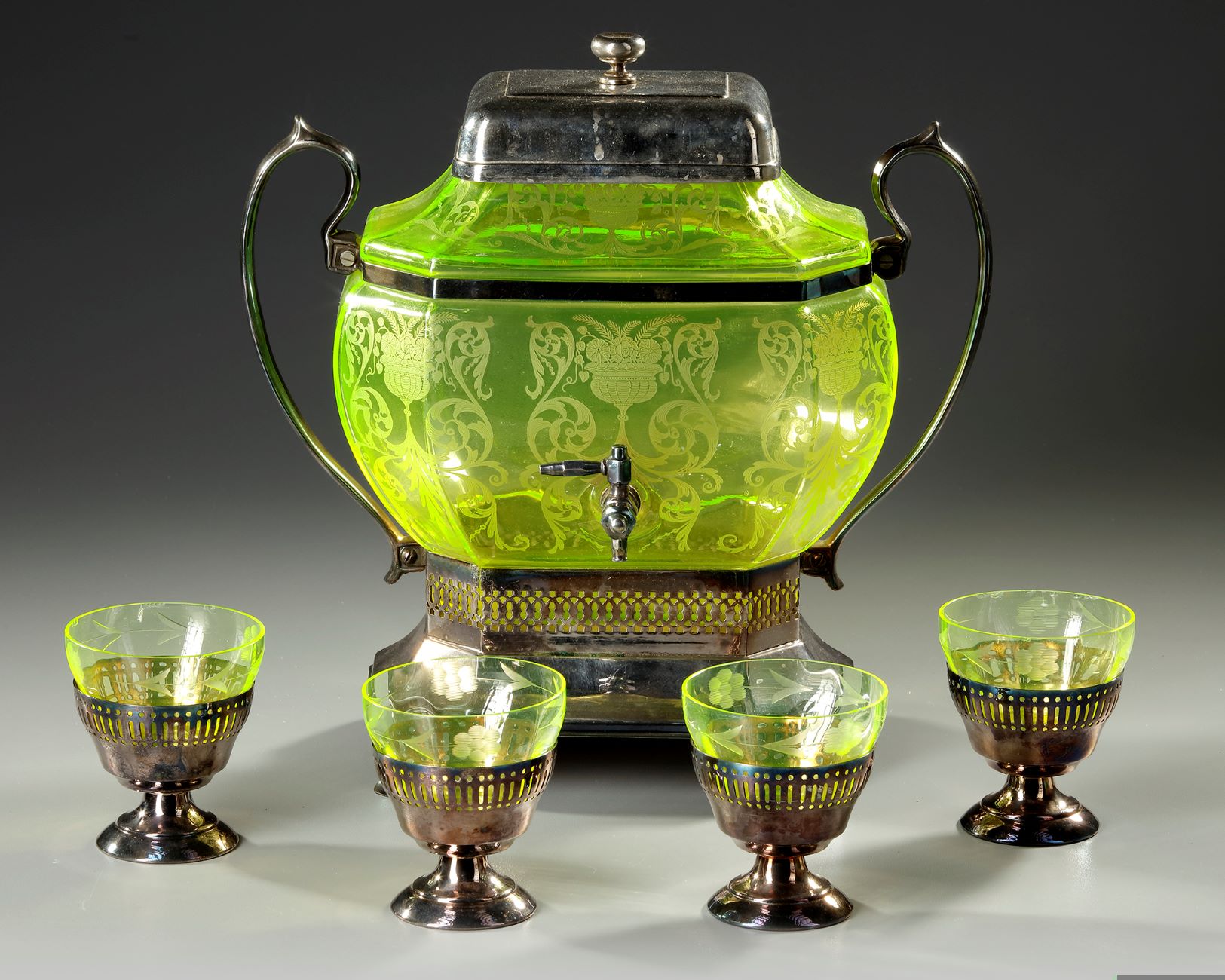

Interior Design Trends
Why Was Uranium Used In Glass
Modified: April 21, 2024
Discover the history and significance of using uranium in glass and its impact on interior design trends. Explore the unique properties and aesthetic appeal of uranium glass.
(Many of the links in this article redirect to a specific reviewed product. Your purchase of these products through affiliate links helps to generate commission for Storables.com, at no extra cost. Learn more)
Introduction
Uranium glass, also known as Vaseline glass, has captivated collectors and enthusiasts for decades due to its distinctive, vibrant glow under ultraviolet light. The unique properties of uranium in glass have contributed to its enduring allure and sparked curiosity about its historical use, properties, health and safety concerns, and modern applications.
This article delves into the fascinating world of uranium glass, exploring its rich history, the science behind its luminous appearance, and the precautions associated with its use. Additionally, we will uncover how this once-controversial material has found renewed relevance in contemporary design and artistic expression.
Join us on a journey through time and science as we unravel the mysteries and marvels of uranium glass, shedding light on its enduring legacy and contemporary significance.
Key Takeaways:
- Uranium glass, also known as Vaseline glass, has a captivating glow under ultraviolet light due to the uranium content. Its historical use in decorative items reflects a timeless fascination with luminescent artistry.
- While uranium glass possesses mesmerizing properties, it raises valid health and safety concerns due to its radioactive nature. Thoughtful handling and informed practices are essential for enthusiasts and collectors to appreciate its historical and aesthetic value while prioritizing safety.
Read more: Why Does Uranium Glass Glow
Historical Use of Uranium in Glass
The historical use of uranium in glass dates back to the early 19th century, when the captivating luminescence of uranium glass captivated artisans and glassmakers. The addition of uranium dioxide to glass formulations resulted in a distinct yellow or greenish tint, setting it apart from conventional glassware. This unique characteristic quickly gained popularity, leading to the production of a wide array of decorative and functional items, including tableware, vases, and jewelry.
During the late 19th and early 20th centuries, uranium glass experienced a surge in production and consumption, particularly in Europe and the United States. Its alluring fluorescence under natural or artificial ultraviolet light made it a sought-after novelty, adorning fashionable homes and social gatherings. The mesmerizing glow of uranium glass, often referred to as "canary glass" or "Vaseline glass," became synonymous with elegance and sophistication, gracing dining tables and display cabinets with its radiant charm.
The Art Deco and Art Nouveau movements further propelled the popularity of uranium glass, inspiring innovative designs that showcased its luminous allure. From delicate perfume bottles to ornate lampshades, artisans and designers embraced the enchanting properties of uranium glass, infusing their creations with a captivating radiance that transcended traditional aesthetics.
The widespread use of uranium glass gradually waned as concerns about the potential health risks associated with uranium exposure emerged. However, its historical significance and enduring appeal have ensured its preservation as a cherished collectible and a testament to the ingenuity of glassmakers throughout history.
Today, antique uranium glass continues to captivate collectors and enthusiasts, serving as a tangible link to a bygone era of artistic expression and technological innovation. Its historical use in glassmaking stands as a testament to human creativity and the enduring allure of luminescent artistry.
Properties of Uranium in Glass
The incorporation of uranium dioxide into glass compositions imparts unique properties that distinguish uranium glass from conventional glassware. One of the most renowned characteristics of uranium glass is its mesmerizing fluorescence when exposed to ultraviolet light. This phenomenon, often described as "uranium glass glow," emanates a captivating green or yellowish luminescence, casting an enchanting aura that has fascinated generations of admirers.
The striking fluorescence of uranium glass is attributed to the presence of uranium ions, which, when excited by ultraviolet radiation, emit visible light. This distinctive property has earned uranium glass the monikers "Vaseline glass" and "canary glass," evoking the radiant hues associated with these natural elements. The luminous display of uranium glass under ultraviolet light has made it a cherished novelty and a source of fascination for collectors and enthusiasts worldwide.
Beyond its captivating glow, uranium glass exhibits a remarkable transparency and clarity, allowing light to permeate its structure and accentuate its luminous allure. The addition of uranium dioxide imparts a subtle tint to the glass, ranging from pale yellow to vibrant green, depending on the concentration of uranium compounds. This unique coloration sets uranium glass apart from traditional glassware, endowing it with an unmistakable visual appeal that has endured through the ages.
Furthermore, uranium glass possesses the inherent durability and malleability characteristic of high-quality glass formulations, making it suitable for a diverse range of artistic and functional applications. Its ability to be shaped, molded, and crafted into intricate designs has facilitated the creation of exquisite tableware, decorative items, and jewelry, showcasing the versatility and aesthetic potential of uranium glass as a medium for artistic expression.
The properties of uranium in glass, encompassing its radiant fluorescence, distinctive coloration, and inherent workability, have contributed to its enduring allure and historical significance. As we delve into the science and artistry behind uranium glass, we gain a deeper appreciation for its captivating properties and the ingenuity of glassmakers who harnessed its luminous potential to create enduring works of art.
Uranium was used in glass to create a yellow or green tint, and was popular in the early 20th century. However, due to its radioactive properties, it is no longer used in glass production.
Health and Safety Concerns
The captivating allure of uranium glass is undeniably intertwined with concerns regarding its potential health and safety implications. The incorporation of uranium dioxide in glass formulations raises valid apprehensions about radiation exposure and associated risks, prompting a nuanced examination of the precautions and considerations surrounding the use and handling of uranium glassware.
One of the primary concerns associated with uranium glass pertains to its radioactive properties. While the uranium content in these glass items is relatively low, it still emits measurable levels of radiation. This has prompted deliberations regarding the potential health risks posed by prolonged or extensive exposure to uranium glass, particularly in the context of handling and usage.
In response to these concerns, regulatory bodies and health authorities have emphasized the importance of prudent handling and display practices for uranium glass items. Recommendations often include minimizing direct contact with uranium glass, especially for extended periods, and avoiding activities that could lead to the ingestion or inhalation of glass particles, such as grinding or sanding.
Furthermore, the potential for leaching of uranium from glassware into food or beverages has been a focal point of scrutiny. While the risk of significant uranium leaching from intact uranium glass items is considered low, caution is advised when using these items for food or drink consumption. As a precautionary measure, many experts advise against using uranium glass for food or beverage service, opting instead to preserve these items as decorative or collectible pieces.
It is essential for individuals in possession of uranium glassware to exercise prudence and informed judgment regarding its handling and usage. This includes ensuring that uranium glass items are kept in good condition, minimizing the risk of breakage or damage that could lead to potential exposure. Additionally, maintaining a safe distance from uranium glass items when they are illuminated under ultraviolet light can help mitigate unnecessary radiation exposure.
While the health and safety concerns surrounding uranium glass warrant thoughtful consideration, it is important to approach the topic with a balanced perspective. By acknowledging the potential risks and implementing informed practices for handling and displaying uranium glass, enthusiasts and collectors can continue to appreciate its historical and aesthetic value while prioritizing their well-being and safety.
The exploration of health and safety concerns associated with uranium glass underscores the importance of informed decision-making and responsible stewardship of these unique artifacts. By fostering awareness and understanding of the potential risks and recommended precautions, individuals can engage with uranium glass in a manner that aligns with best practices and prioritizes safety without compromising their appreciation for its enduring allure.
Modern Applications of Uranium Glass
In contemporary times, the allure of uranium glass has transcended its historical associations, finding renewed relevance in modern applications that celebrate its luminous properties and artistic appeal. While the traditional use of uranium glass in tableware and decorative items remains a cherished legacy, its unique characteristics have sparked innovative reinterpretations and creative expressions across diverse domains.
Artistic and Design Revival: The resurgence of interest in vintage and retro aesthetics has spurred a revival of uranium glass in the realm of artistic expression and design. Contemporary artisans and glassmakers have embraced the distinctive allure of uranium glass, incorporating it into bespoke creations that pay homage to its historical significance while infusing it with a modern sensibility. From striking sculptures and contemporary art installations to avant-garde jewelry and decorative accents, uranium glass has found a new canvas for artistic exploration, captivating audiences with its timeless radiance.
Interior Design and Décor: Uranium glass has made a notable foray into the realm of interior design and décor, where its luminous presence adds a captivating dimension to contemporary living spaces. Designers and decorators have integrated uranium glass elements into eclectic and modern interiors, leveraging its fluorescent properties to create focal points and accentuate ambient lighting. Whether showcased as standalone art pieces or incorporated into functional décor such as lighting fixtures and ornamental objects, uranium glass infuses spaces with a mesmerizing glow that transcends conventional design conventions.
Collectible and Curatorial Significance: The enduring appeal of uranium glass as a collectible and curatorial artifact has persisted into the modern era, with enthusiasts and collectors actively seeking out rare and exceptional pieces. The resurgence of interest in uranium glass has led to curated exhibitions, specialized collections, and dedicated showcases that highlight its historical legacy and contemporary relevance. Museums, galleries, and cultural institutions have recognized the enduring allure of uranium glass, positioning it as a compelling focal point for engaging audiences and preserving its cultural and artistic significance.
Innovative Applications: Beyond its traditional manifestations, uranium glass has inspired innovative applications that harness its unique properties in unexpected ways. From experimental lighting installations that utilize its fluorescence to create immersive experiences to avant-garde architectural features that incorporate uranium glass as a design element, the material has transcended its conventional associations, inspiring imaginative interpretations and boundary-pushing explorations across diverse creative disciplines.
The modern applications of uranium glass reflect a dynamic convergence of historical resonance and contemporary ingenuity, positioning it as a compelling medium for artistic expression, design innovation, and cultural appreciation. As its luminous legacy continues to captivate new generations, uranium glass stands as a testament to the enduring allure of luminescent artistry and the timeless appeal of a material that has transcended the boundaries of time and tradition.
Read more: What Is Uranium Glass
Conclusion
In conclusion, the enigmatic allure of uranium glass, with its historical significance, captivating properties, and modern applications, embodies a timeless fascination that transcends generations. From its origins in the 19th century to its contemporary resurgence, uranium glass has left an indelible mark on the realms of art, design, and cultural heritage.
The historical use of uranium in glass, characterized by its luminous fluorescence and distinctive coloration, reflects an era of artistic innovation and technological experimentation. Its prevalence in decorative and functional items during the Art Deco and Art Nouveau movements attests to its enduring appeal as a symbol of elegance and sophistication.
The properties of uranium in glass, encompassing its radiant glow and inherent workability, have positioned it as a medium for artistic expression and design innovation. Its unique characteristics have inspired a revival in contemporary applications, from artistic reinterpretations to interior design and collectible significance, underscoring its enduring relevance in the modern creative landscape.
While health and safety concerns surrounding uranium glass warrant thoughtful consideration, informed practices and responsible stewardship can enable enthusiasts and collectors to engage with these artifacts in a manner that prioritizes safety without compromising their appreciation for their historical and aesthetic value.
The modern applications of uranium glass, spanning artistic revivals, interior design integrations, collectible significance, and innovative explorations, underscore its dynamic resonance and enduring allure. As uranium glass continues to captivate new generations and inspire creative expressions, it stands as a testament to the timeless appeal of luminescent artistry and the enduring legacy of a material that transcends the boundaries of time and tradition.
In essence, the enigmatic glow of uranium glass serves as a luminous bridge between the past and the present, inviting us to explore its historical significance, appreciate its captivating properties, and embrace its enduring relevance in the ever-evolving tapestry of art, design, and cultural heritage.
Frequently Asked Questions about Why Was Uranium Used In Glass
Was this page helpful?
At Storables.com, we guarantee accurate and reliable information. Our content, validated by Expert Board Contributors, is crafted following stringent Editorial Policies. We're committed to providing you with well-researched, expert-backed insights for all your informational needs.
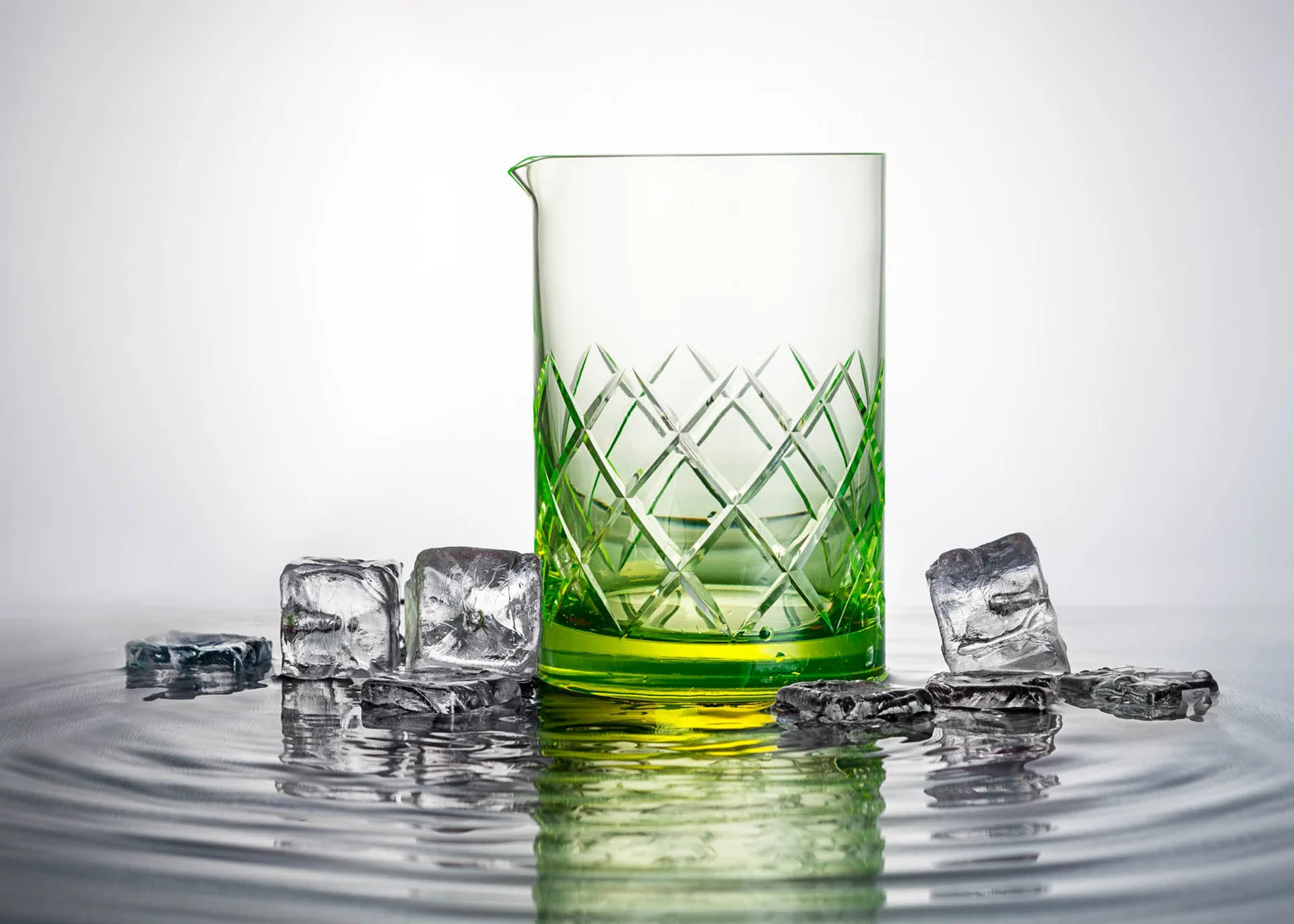
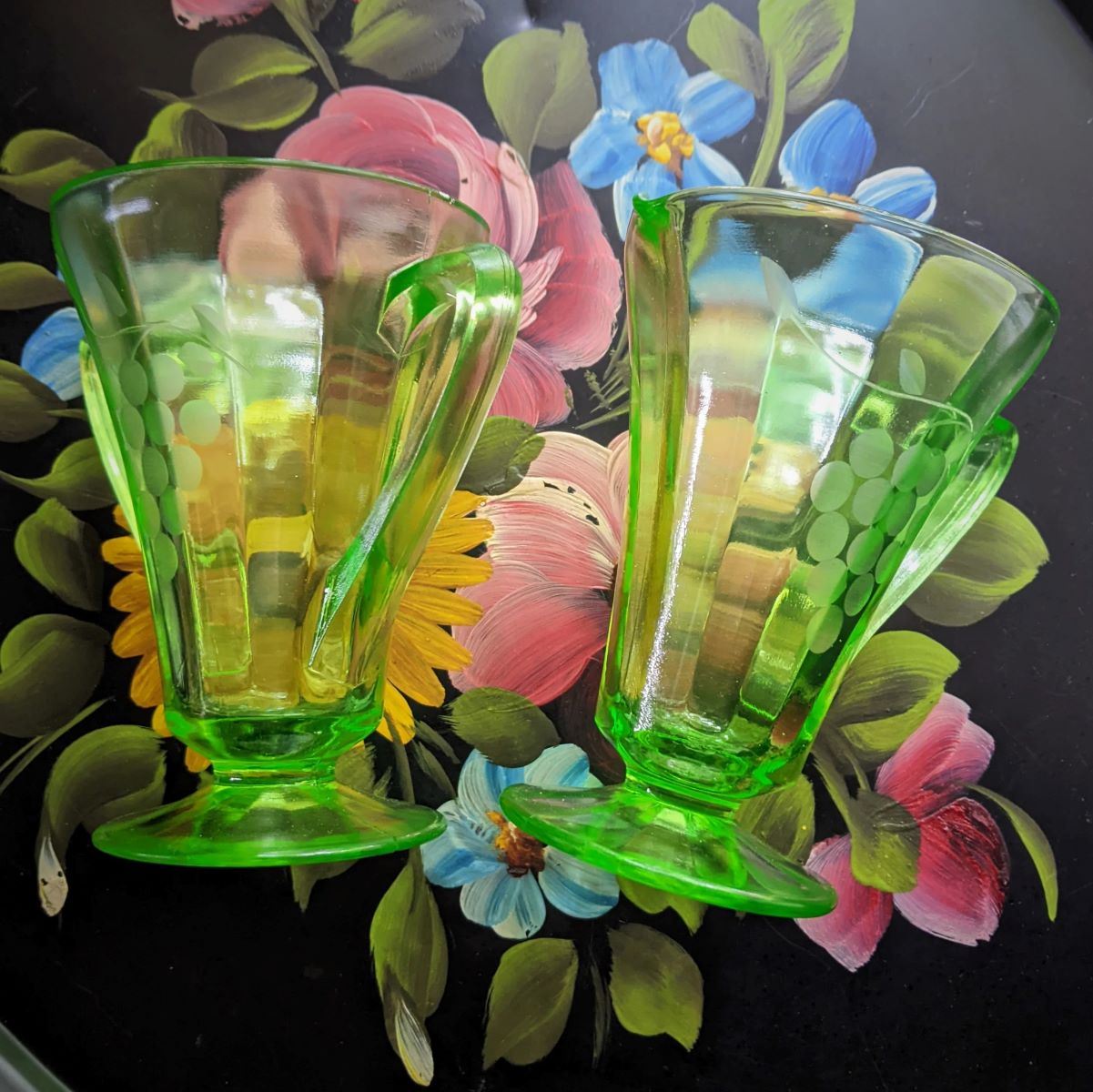
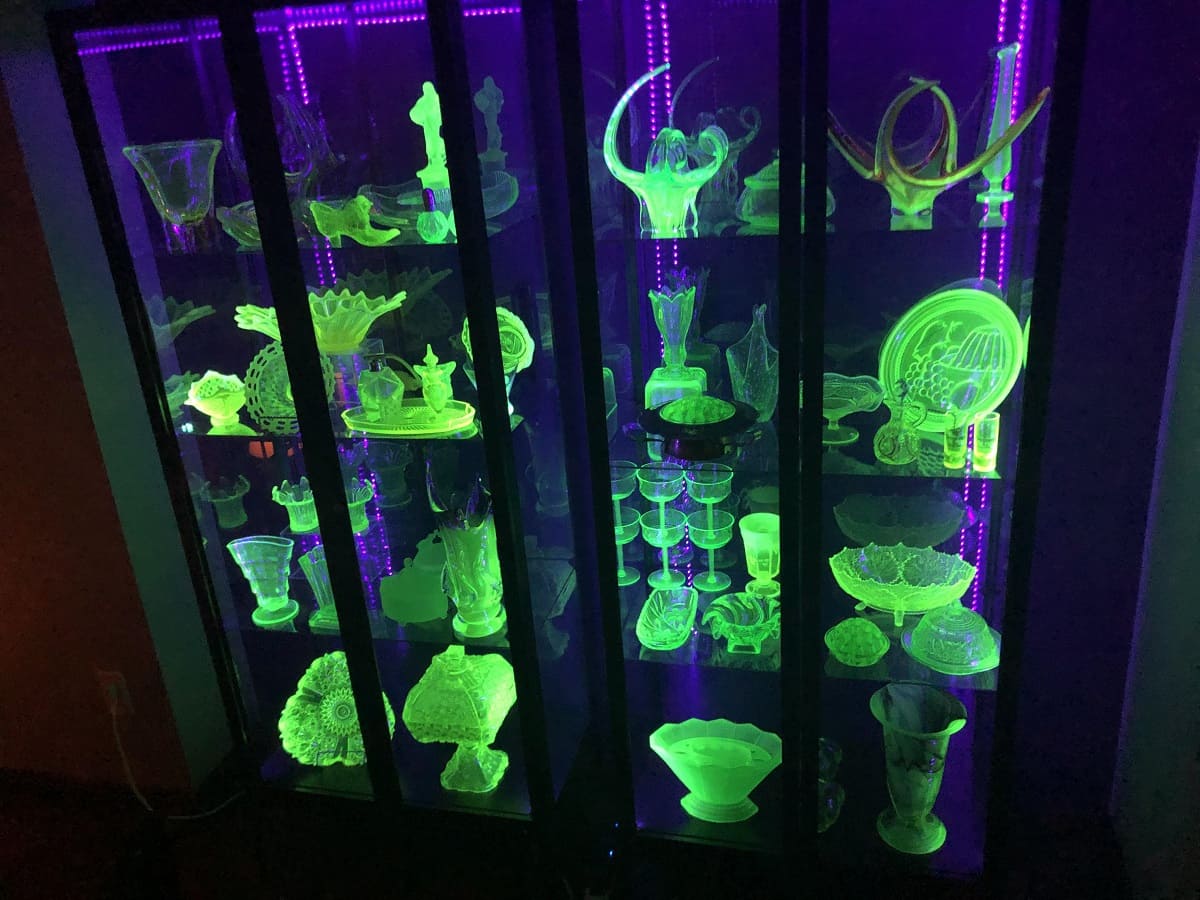
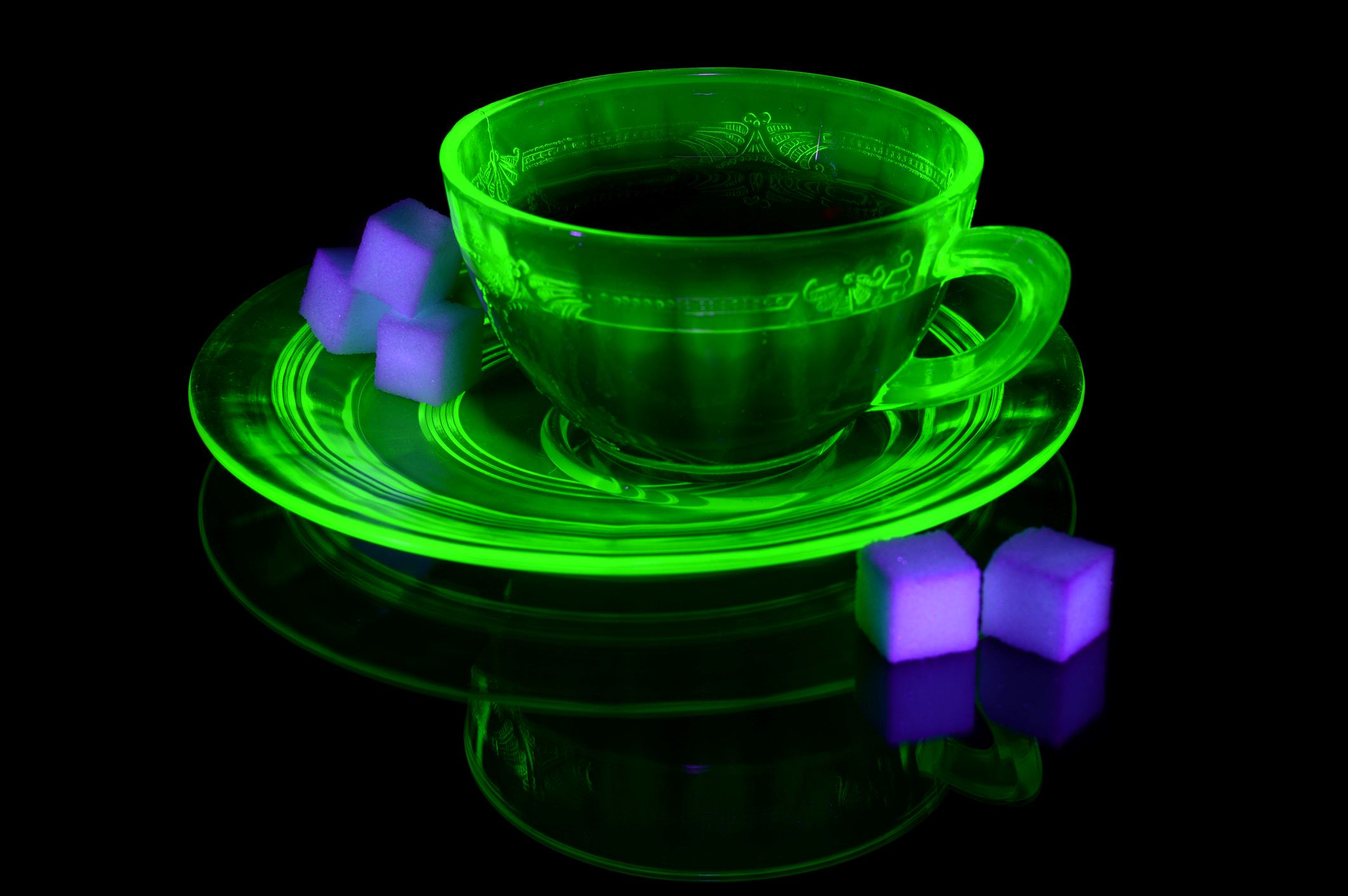
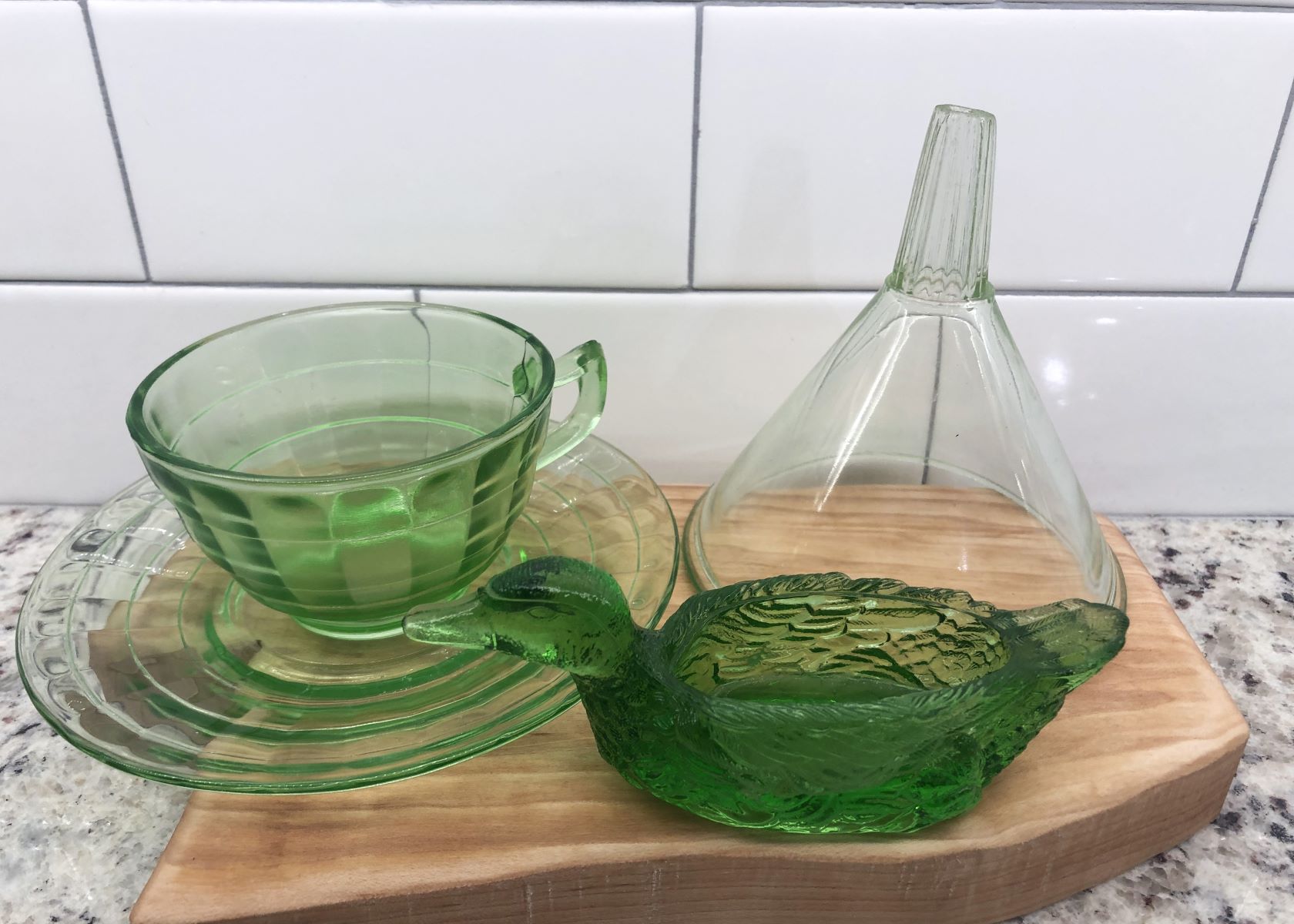
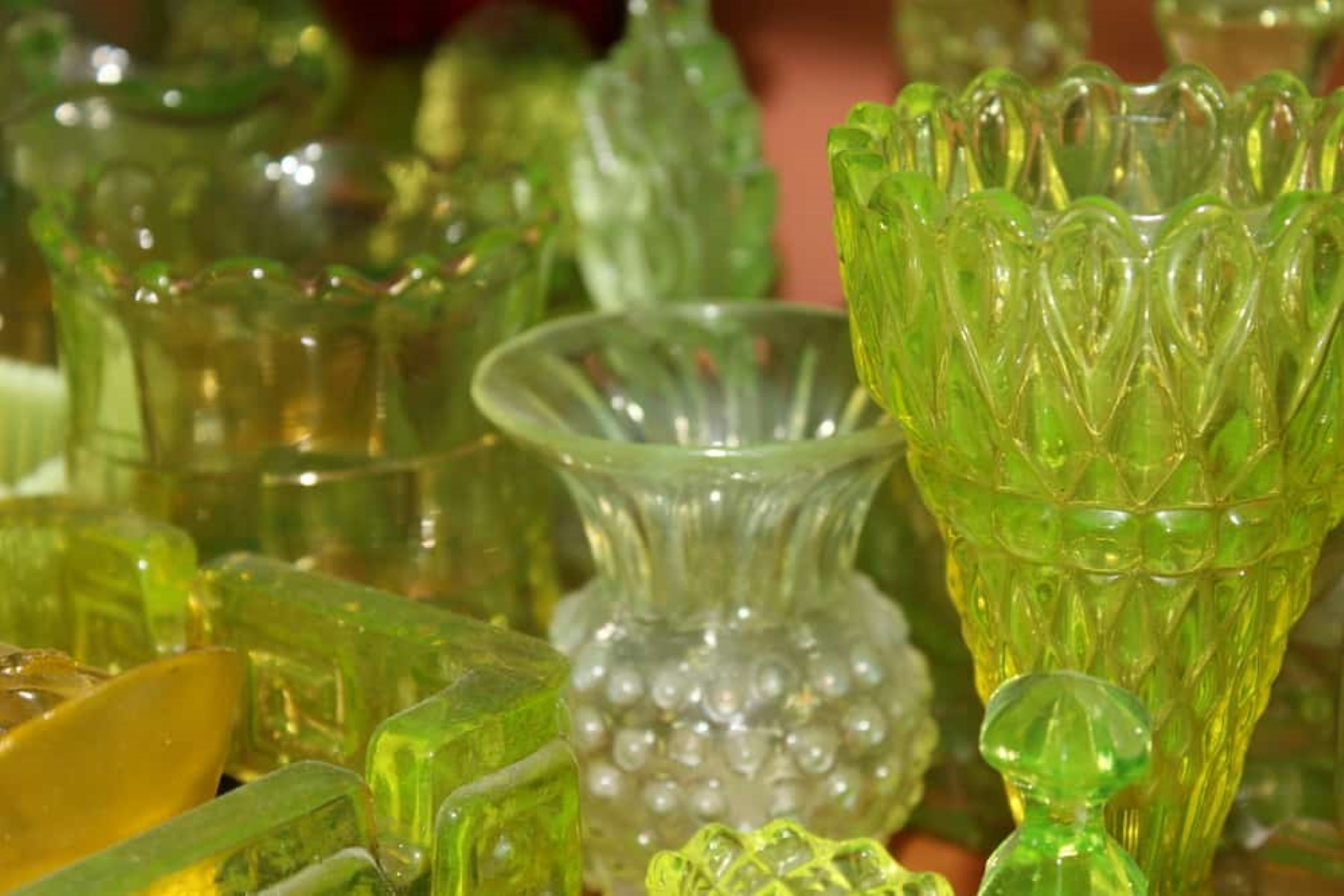
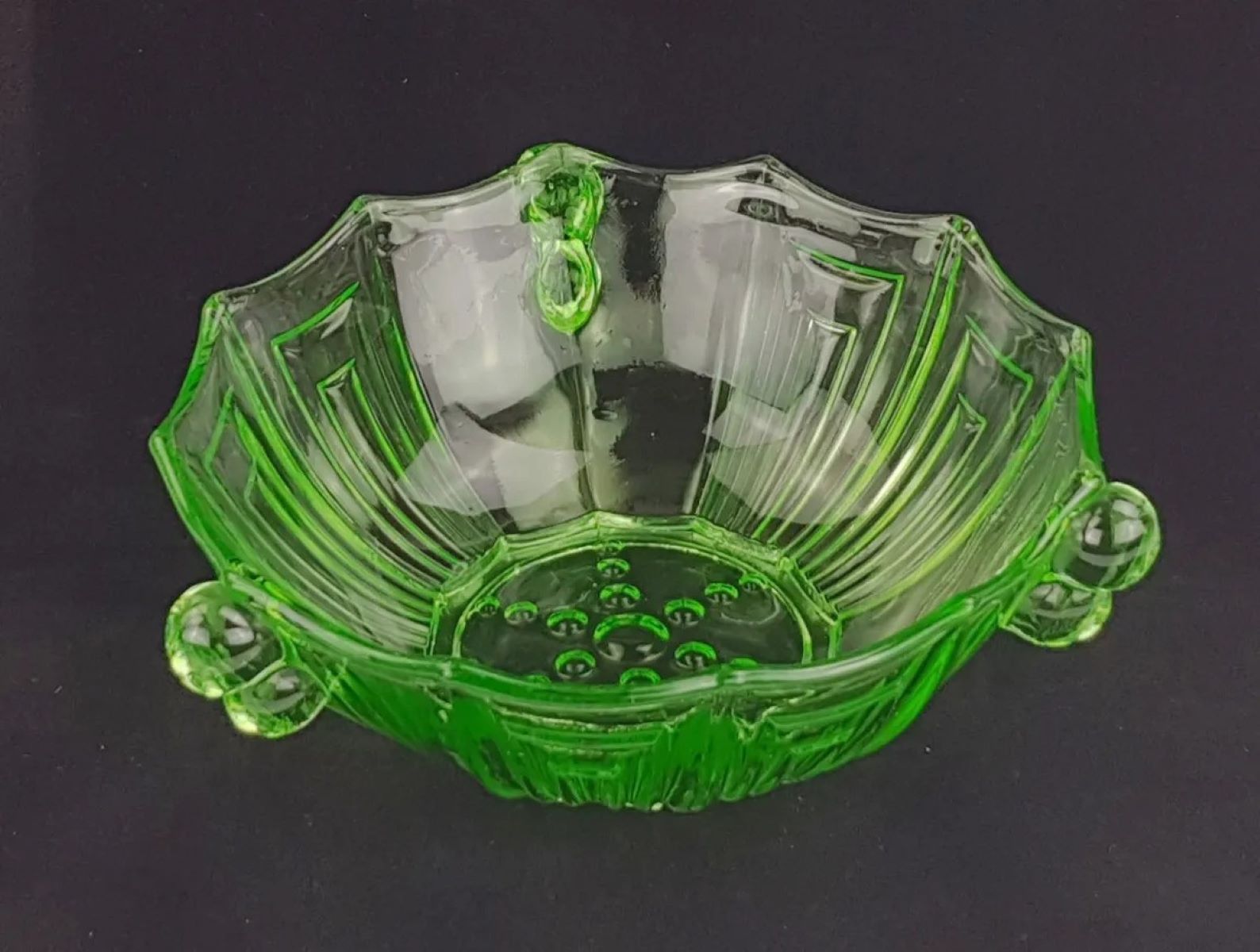
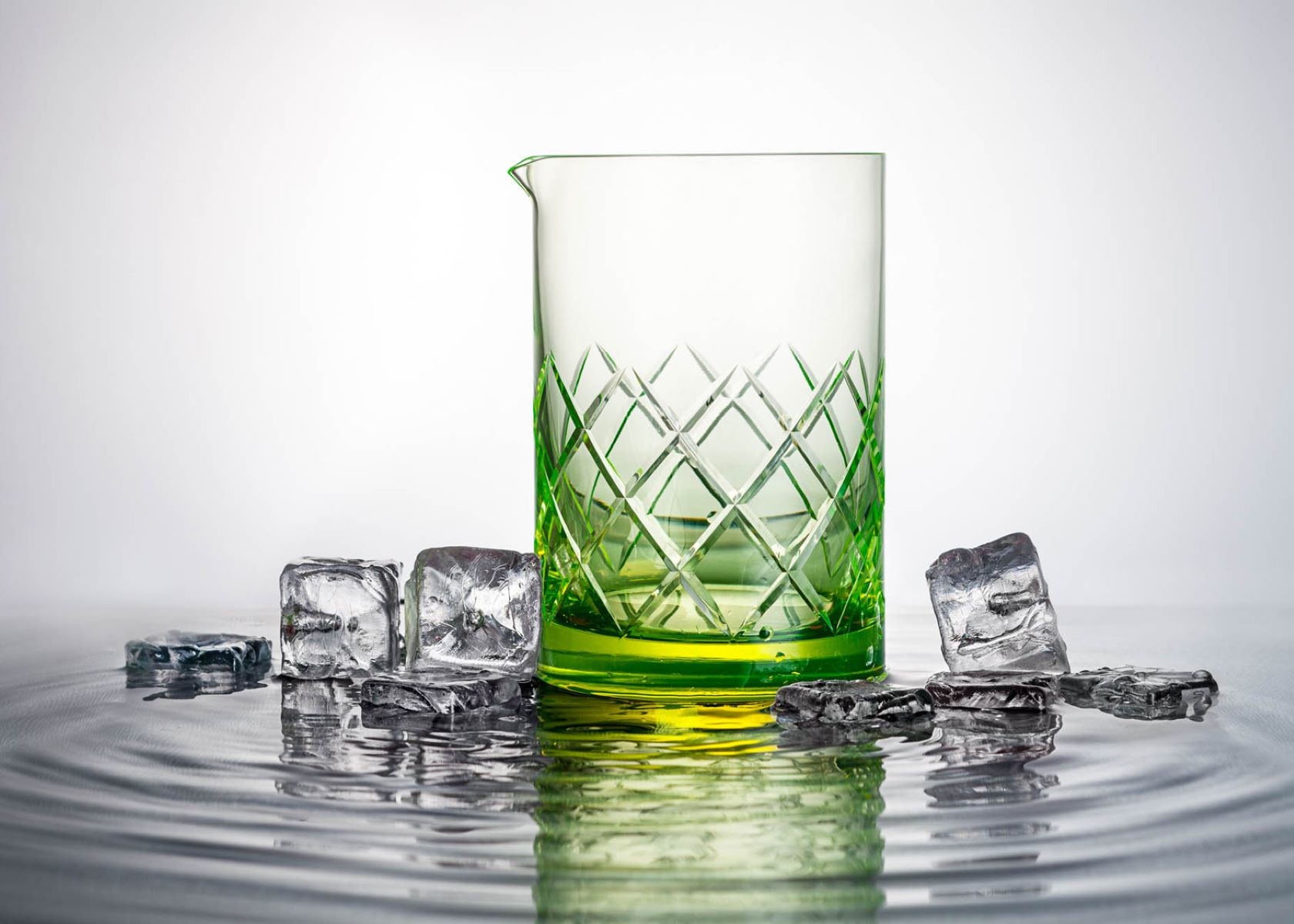
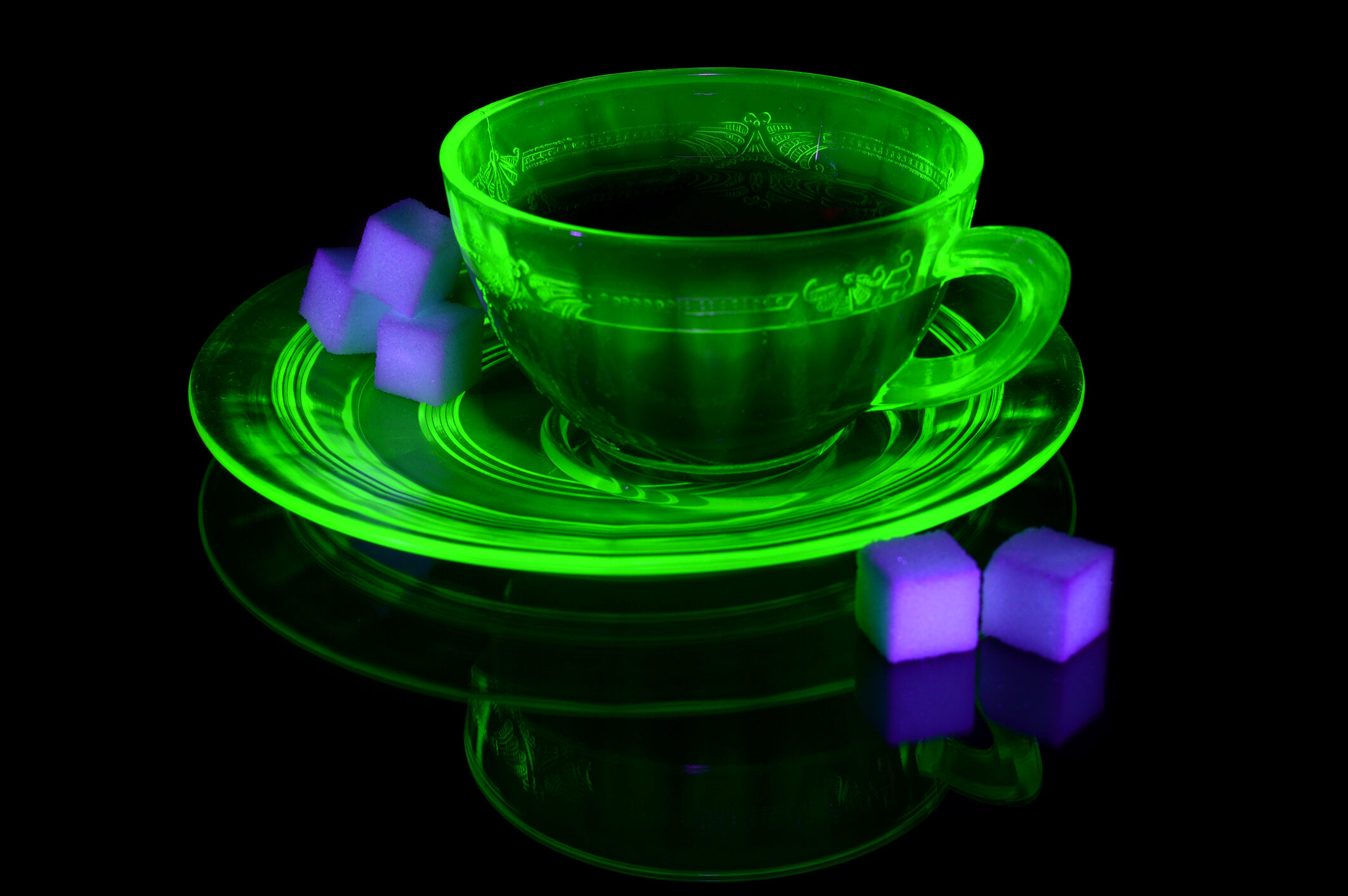
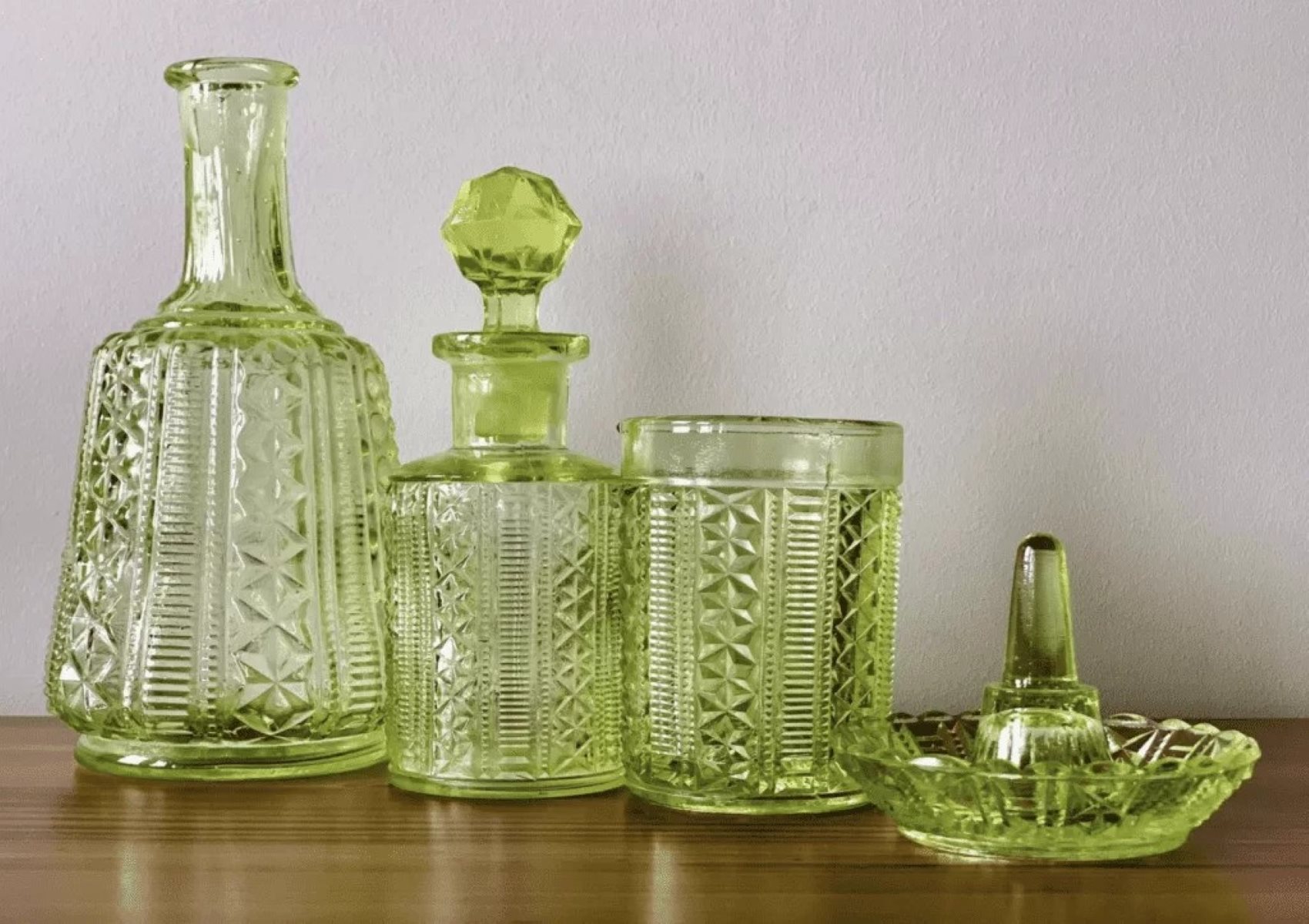
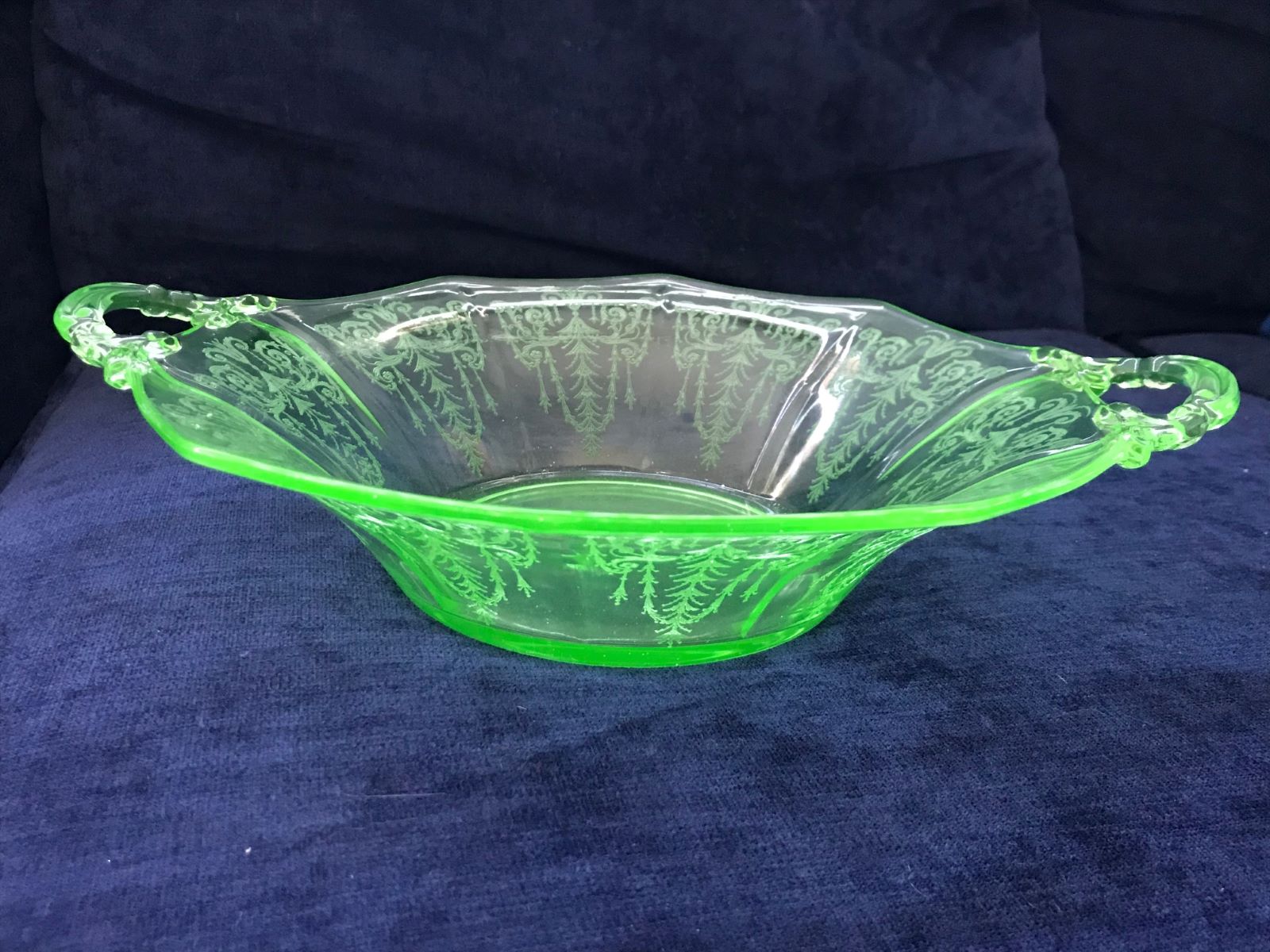
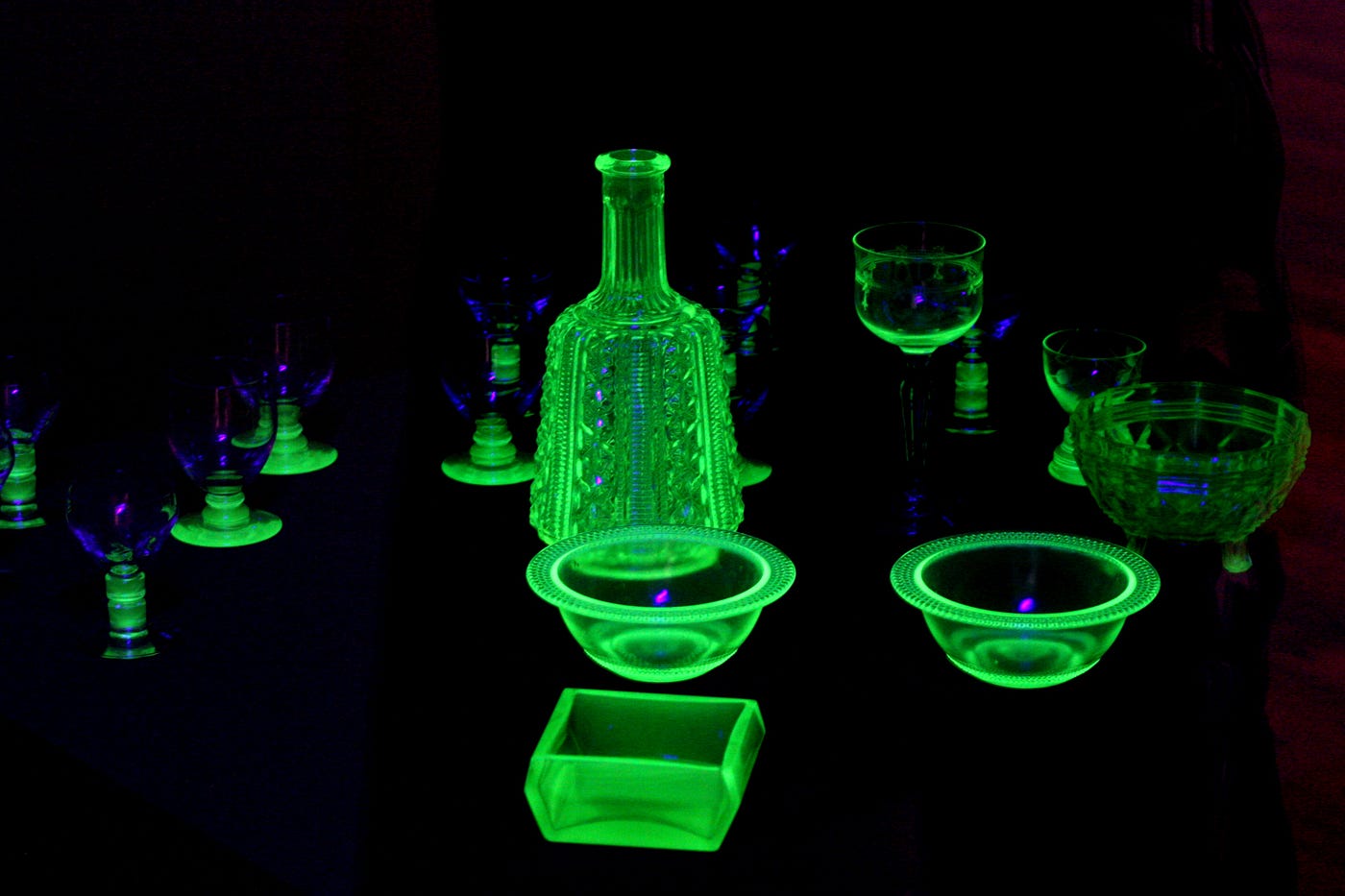
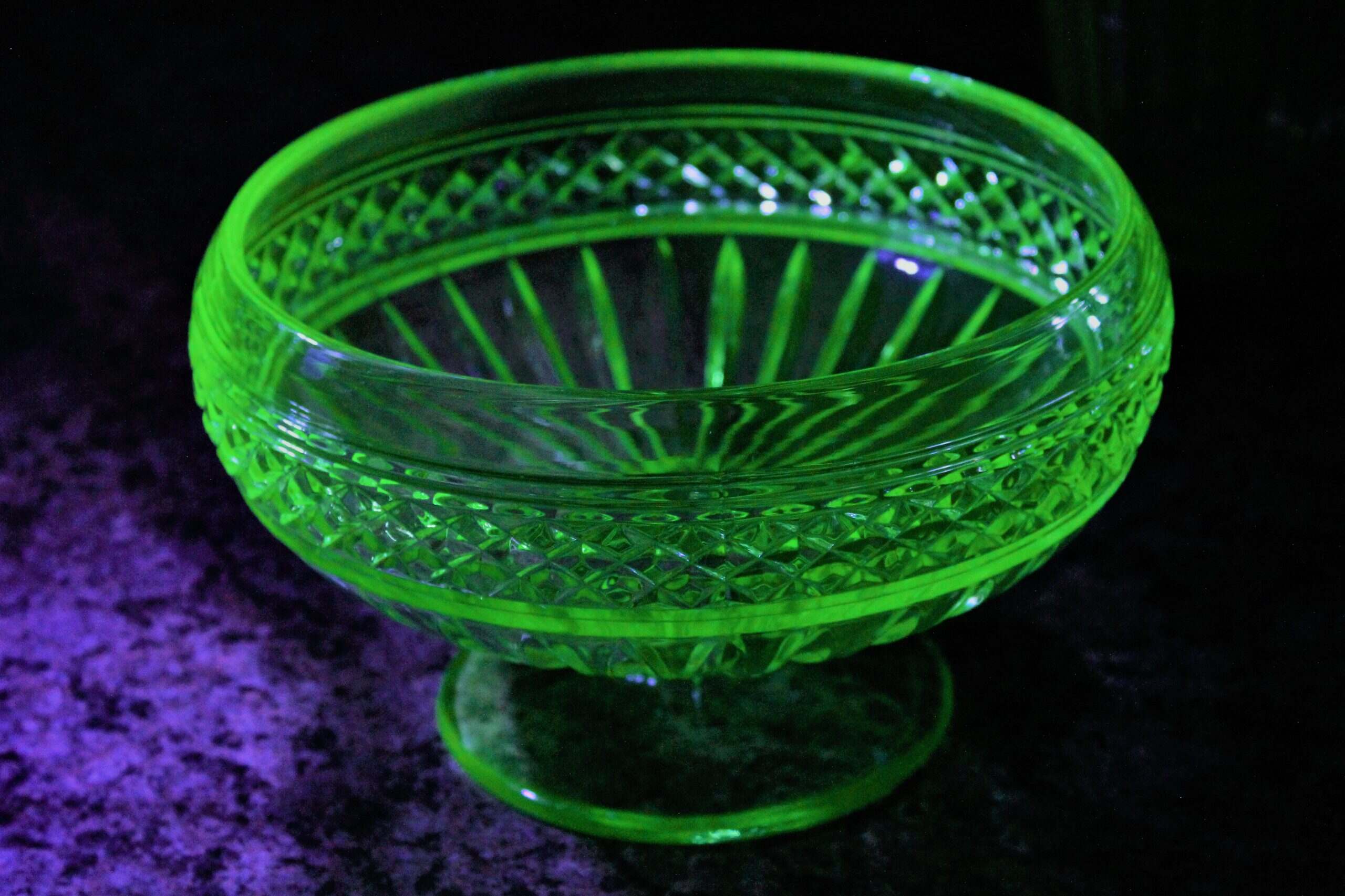
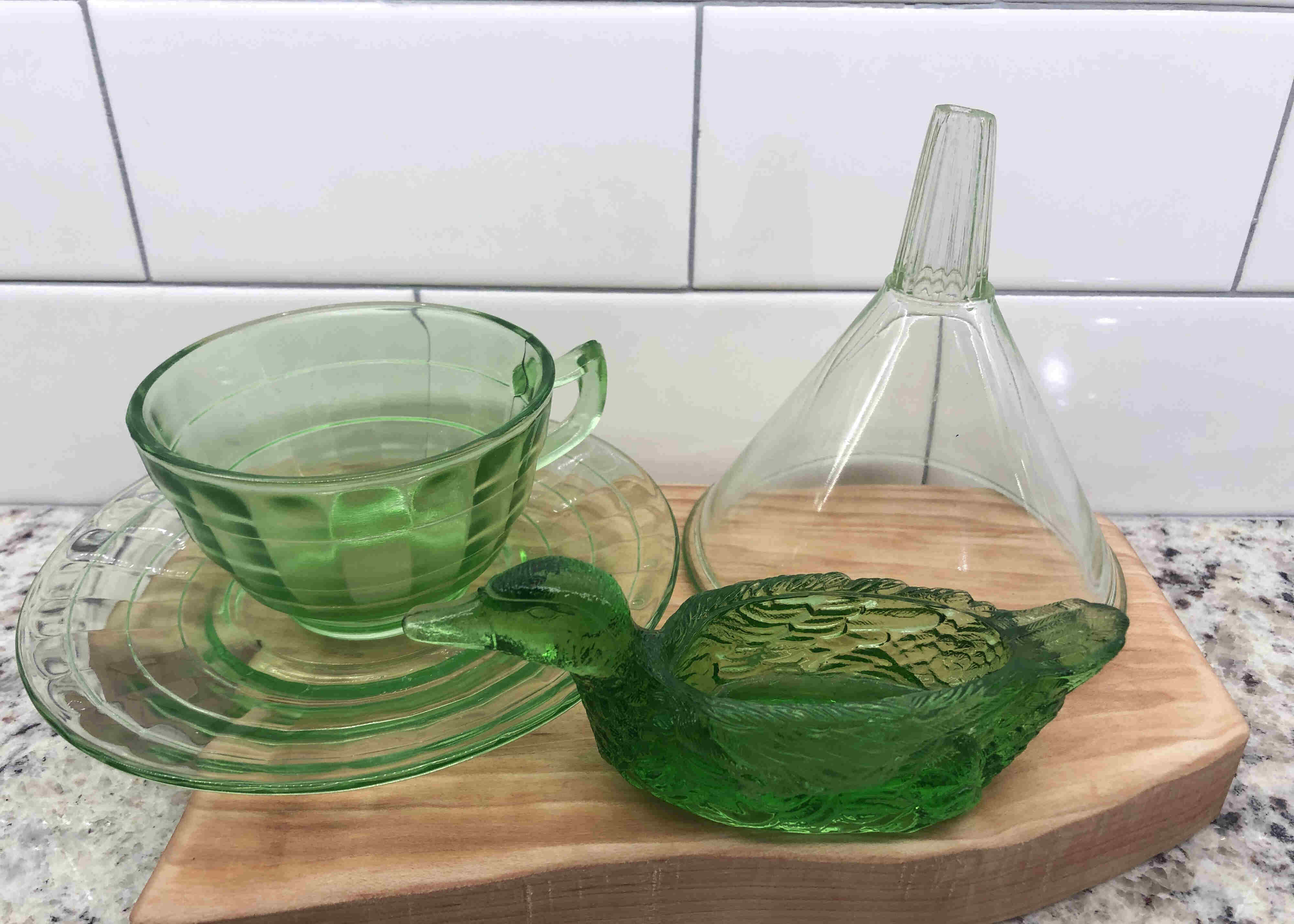

0 thoughts on “Why Was Uranium Used In Glass”